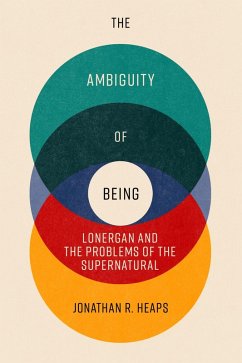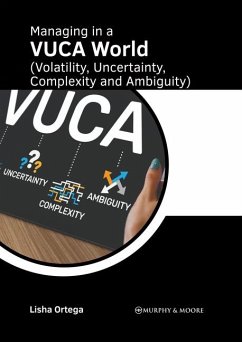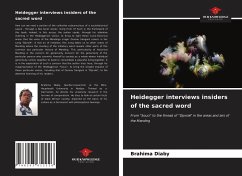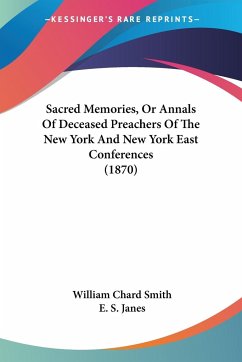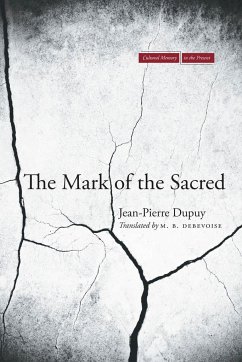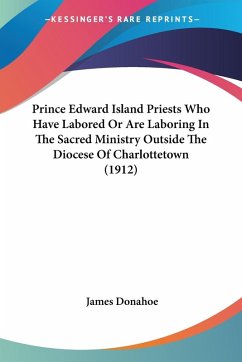
Ambiguity of the Sacred
Phenomenology, Politics
Herausgeber: Bornemark, Jonna; Ruin, Hans
Versandkostenfrei!
Versandfertig in 1-2 Wochen
15,99 €
inkl. MwSt.

PAYBACK Punkte
8 °P sammeln!
The distinction between the secular and the sacred or holy seems at first to constitute a definitive line, the establishment of which also defines Western modernity. Yet this apparently strict demarcation is today not only questioned, but also increasingly difficult to maintain. In order to understand and conceptualize what is happening in the intersection between religion, politics, and aesthetics, we need to rethink the very meaning of the sacred in its full ambiguity, to explore again in thinking the vicissitudes and possibilities of this complex phenomenon, and to learn to move more freely...
The distinction between the secular and the sacred or holy seems at first to constitute a definitive line, the establishment of which also defines Western modernity. Yet this apparently strict demarcation is today not only questioned, but also increasingly difficult to maintain. In order to understand and conceptualize what is happening in the intersection between religion, politics, and aesthetics, we need to rethink the very meaning of the sacred in its full ambiguity, to explore again in thinking the vicissitudes and possibilities of this complex phenomenon, and to learn to move more freely through the category itself. The book contains contributions by researchers from many different fields, philosophers, theologians, political scientists, and literary historians, who also comment on each other. It establishes new connections and trajectories for mapping and understanding the nature and meaning of the sacred both as a social, an aesthetic, and a religious phenomenon. With contributions by: Bettina Bergo, Ward Blanton, Marcia Sá Cavalcante Schuback, Karolina Enquist Källgren, Mattias Martinson, Päivi Mehtonen, Elena Namli, Jacob Rogozinski, Hans Ruin, Muniz Sodré, Fredrika Spindler and Jon Wittrock.



